Wealth accumulation across generations has created some of the most powerful and influential family dynasties in modern history. While individual billionaires often capture headlines, family wealth represents a different kind of financial power – one that spans decades, sometimes centuries, and influences entire industries and economies.
As we examine the landscape of global wealth in August 2025, certain family names continue to dominate the upper echelons of the world’s richest households. These families have built their fortunes through diverse means: retail empires, luxury goods, oil and gas, technology, and strategic investments. Their combined wealth represents trillions of dollars and demonstrates the power of generational wealth building.
Understanding Family Wealth vs. Individual Wealth
Before diving into our rankings, it’s important to distinguish between individual billionaire wealth and family wealth. There is a distinction between wealth held by identifiable individual billionaires or a “nuclear family” and the wider notion of an extended family or a historical “dynasty,” where the wealth of a historically family-owned company or business has become distributed between various branches of descendants.
Family wealth often encompasses multiple generations and can be spread across dozens or even hundreds of family members. This distributed wealth model provides stability and longevity that individual fortunes sometimes lack.
Table of Contents
The Top 10 Richest Families in the World (August 2025)
1. The Walton Family – $432 Billion
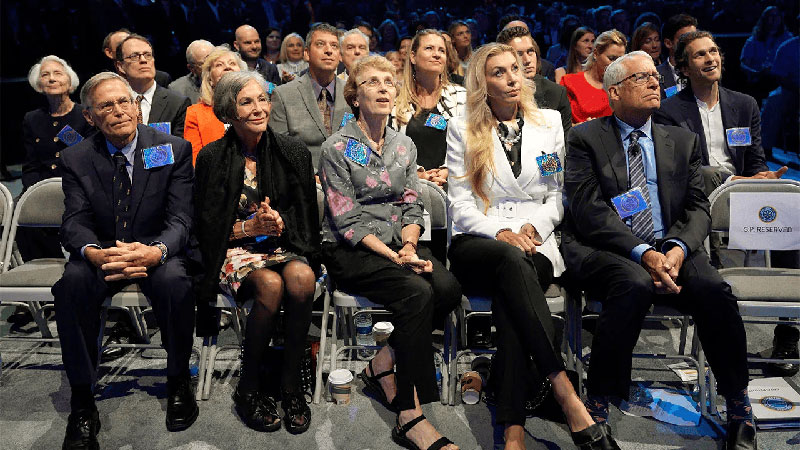
The wealthiest family in the world, with a fortune primarily derived from Walmart Inc., the world’s largest retailer. With a net worth of $432 billion, the Walton family’s retail empire spans thousands of stores worldwide. The family’s wealth stems from their collective ownership stake in Walmart, which remains approximately 45% of the company.
Key Family Members:
- Alice Walton: The richest woman in the world with a net worth of $108 billion as of August 2025
- Jim Walton: Chairman of Arvest Bank Group
- Rob Walton: Former Chairman of Walmart
- Lukas Walton: Grandson of founder Sam Walton
The Walton family’s wealth has seen remarkable growth, particularly as Walmart has successfully adapted to e-commerce competition and expanded its global footprint. Their fortune represents the power of building a dominant position in essential consumer goods.
2. Al Nahyan Family – $305 Billion
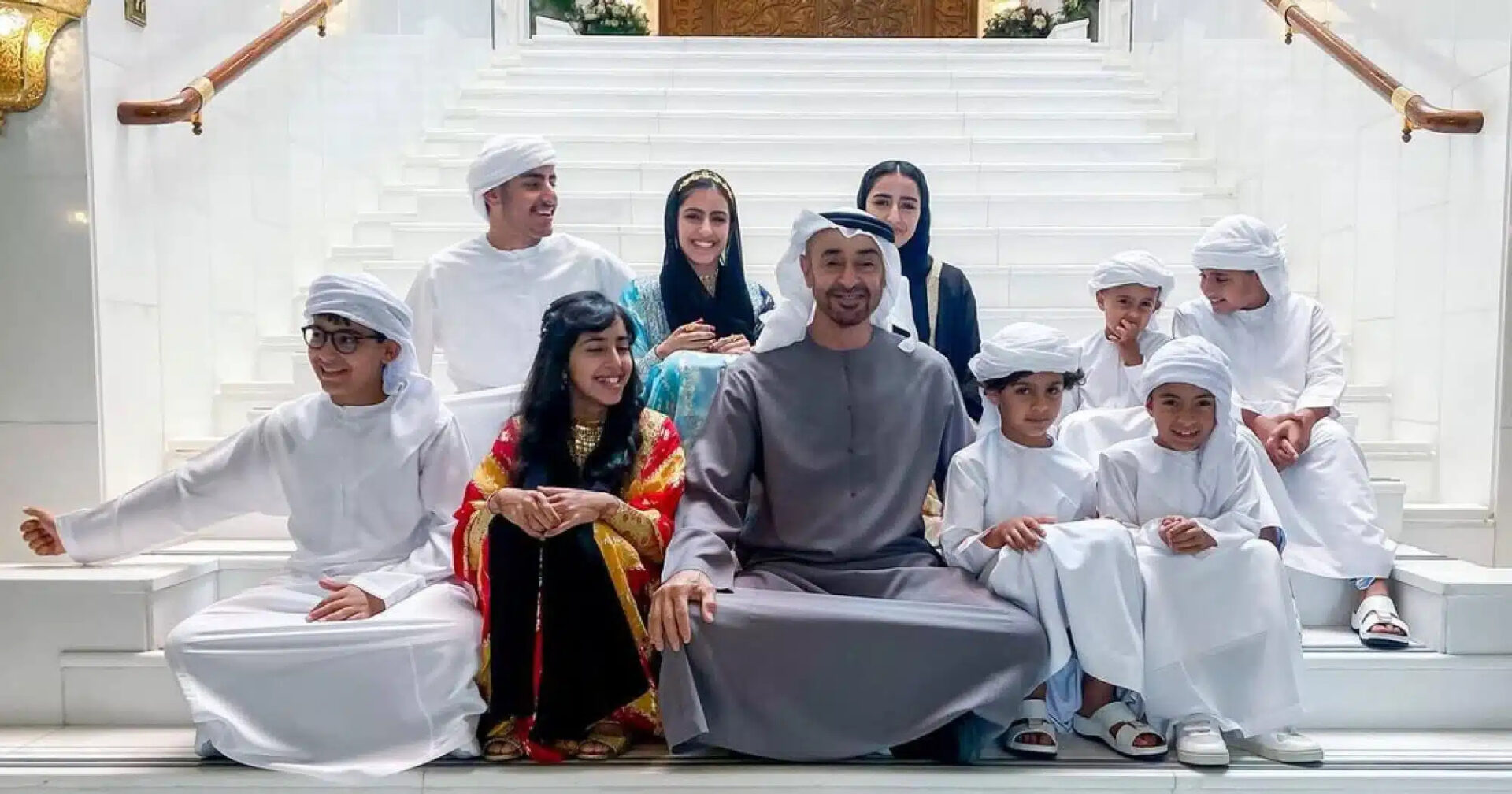
The ruling family of Abu Dhabi, the Al Nahyan dynasty has leveraged their control of oil resources into one of the world’s largest sovereign wealth funds. The al-Nahyan family is the hereditary monarchy of the Emirate of Abu Dhabi, which has increased its natural resource wealth with its pioneering sovereign wealth fund, the Abu Dhabi Investment Authority (ADIA).
Their wealth strategy extends far beyond oil, with investments in:
- Real estate worldwide
- Technology companies
- Financial institutions
- Renewable energy projects
- Sports teams and entertainment
3. The Wertheimer Family – $260 Billion
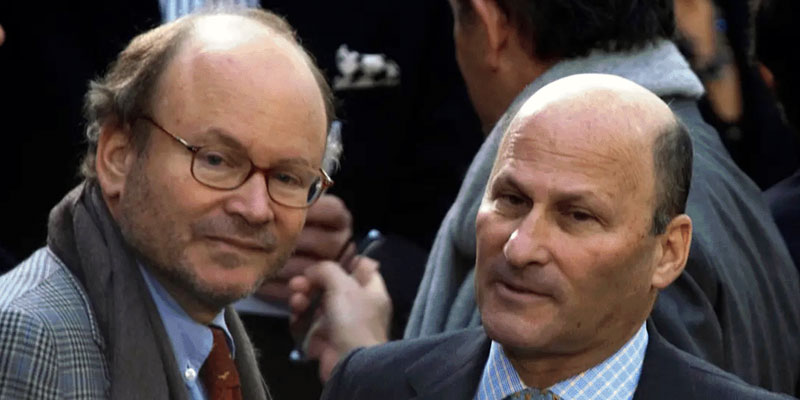
The French family behind the luxury fashion house Chanel has seen their wealth soar as luxury goods demand has reached unprecedented levels globally. Alain and Gérard Wertheimer, grandsons of Pierre Wertheimer who co-founded Chanel with Coco Chanel, control the privately-held company.
Their empire includes:
- Chanel fashion and fragrances
- Extensive vineyard holdings
- Racehorse breeding operations
- Fine art collections
The family’s strategy of keeping Chanel private has allowed them to maintain complete control while building one of the world’s most valuable luxury brands.
4. The Mars Family – $230 Billion
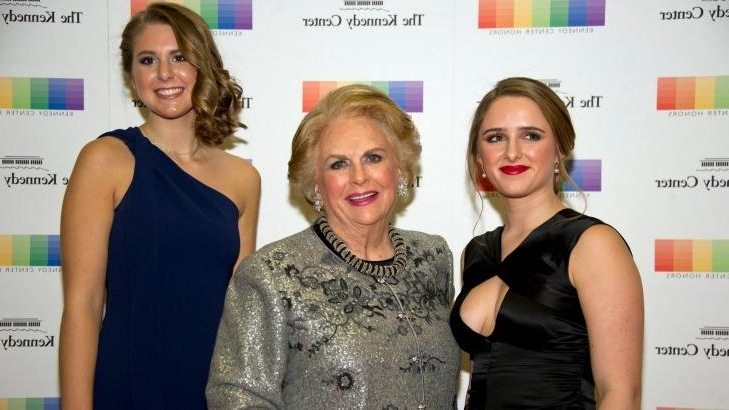
The American family behind Mars Inc., one of the world’s largest privately-held companies, has built their fortune through confectionery, pet food, and food products. The company generates over $50 billion in annual revenue through brands like:
- M&M’s and Snickers
- Pedigree and Whiskas pet foods
- Uncle Ben’s rice products
- Dove chocolate
The Mars family maintains a low public profile while consistently growing their global market presence across multiple consumer categories.
5. The Koch Family – $220 Billion

Built on industrial conglomerate Koch Industries, this American family’s wealth spans oil refining, chemicals, minerals, fertilizers, and other industrial products. Following David Koch’s death in 2019, Charles Koch continues to lead the company while the family maintains significant political influence.
Koch Industries is one of the largest privately-held companies in America, with annual revenues exceeding $125 billion.
6. The Al Thani Family – $200 Billion
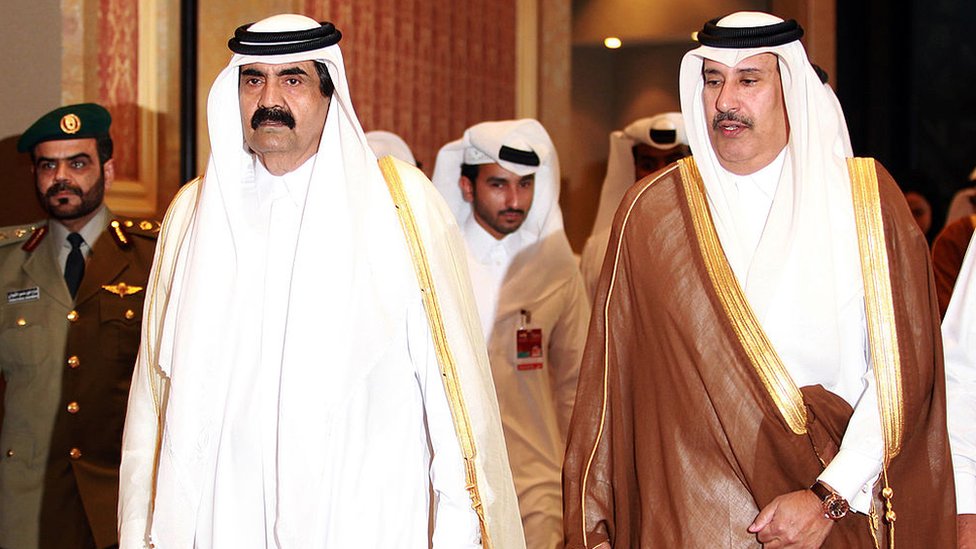
The ruling family of Qatar has transformed their nation’s natural gas reserves into a diversified global investment portfolio. Their sovereign wealth fund, Qatar Investment Authority, holds stakes in:
- Major European banks
- Luxury hotels and real estate
- Sports teams (Paris Saint-Germain)
- Technology companies
- Retail chains (Harrods)
7. The Ambani Family – $185 Billion

Led by Mukesh Ambani, India’s richest individual, the Ambani family controls Reliance Industries, a massive conglomerate spanning petrochemicals, oil and gas, telecommunications, and retail. Their wealth has surged with the success of Jio, India’s largest telecom network.
The family’s business empire includes:
- Reliance Jio (telecommunications)
- Reliance Retail (India’s largest retailer)
- Petroleum refining
- Petrochemicals
8. The Cargill-MacMillan Family – $165 Billion
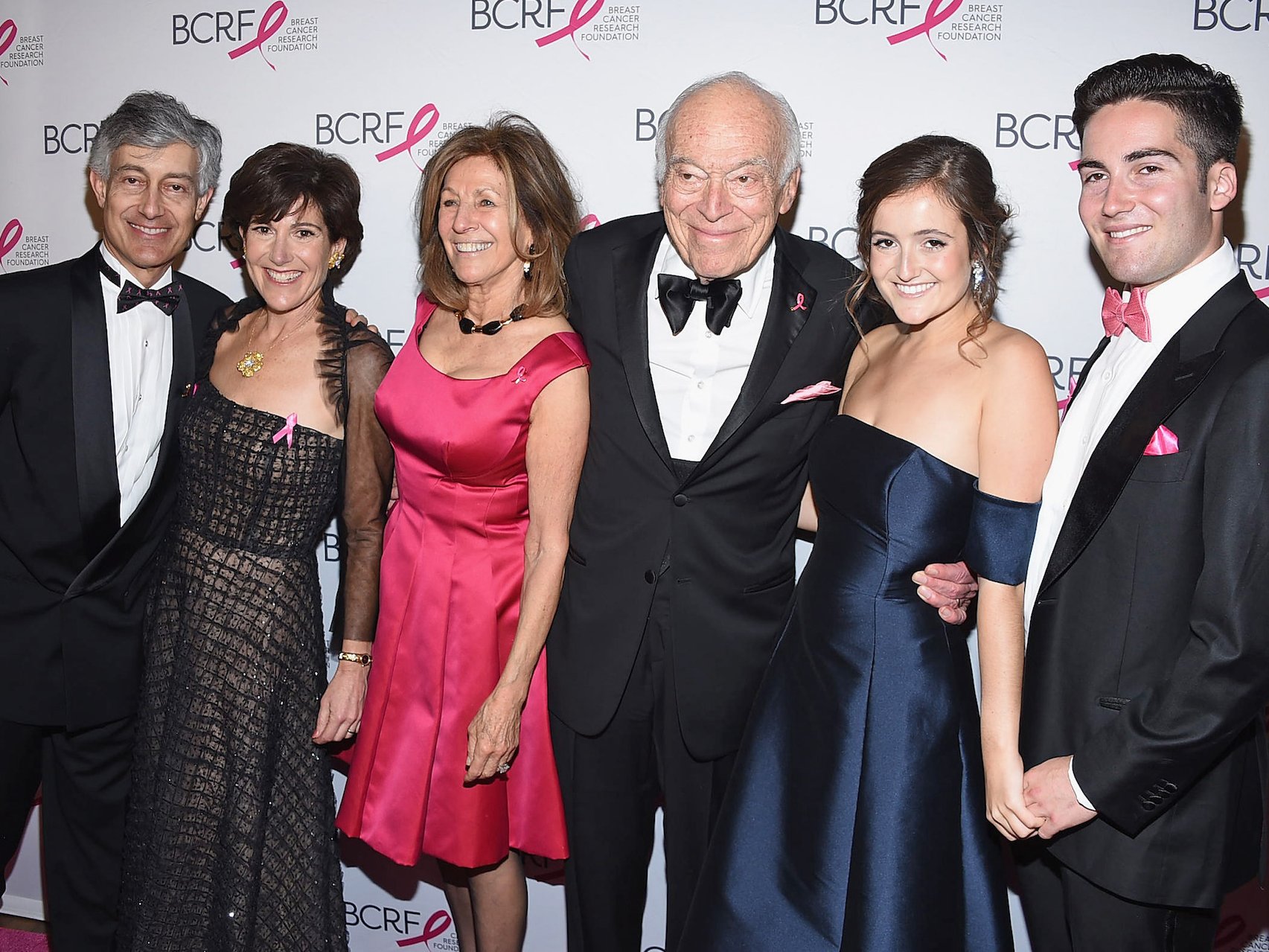
Descendants of Cargill Inc. founder William Cargill control one of America’s largest private companies. Cargill is a global leader in agricultural commodities, food processing, and trading, with operations in over 70 countries.
The family’s wealth is distributed among approximately 100 family members, making it one of the most dispersed family fortunes on this list.
9. The Thomson Family – $155 Billion
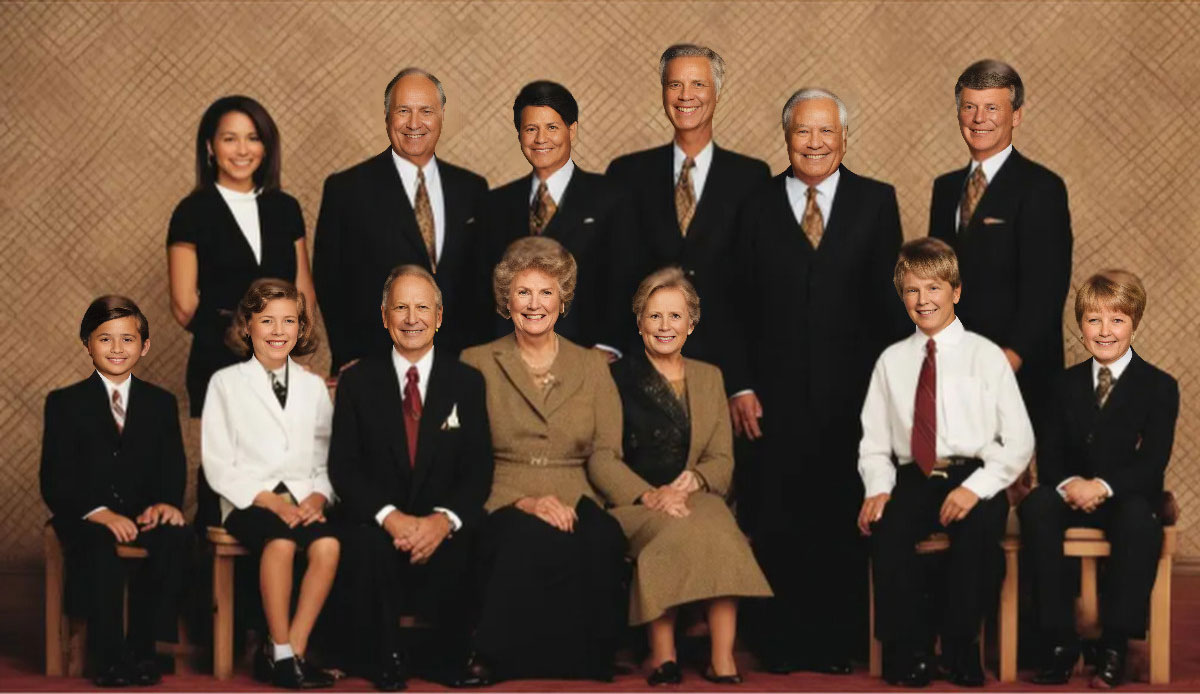
The Canadian Thomson family built their fortune through media and information services, primarily through Thomson Reuters. David Thomson, 3rd Baron Thomson of Fleet, leads the family’s business interests, which have expanded beyond media into:
- Real estate investments
- Private equity
- Art collecting
- Financial services
10. The Pritzker Family – $145 Billion

The American Pritzker family’s wealth originated from the Hyatt hotel chain but has since diversified across numerous industries. Notable family members include:
- J.B. Pritzker: Governor of Illinois
- Penny Pritzker: Former U.S. Secretary of Commerce
- Thomas Pritzker: Chairman of Hyatt Hotels
Their business interests span hospitality, manufacturing, real estate, and private equity investments.
Wealth Concentration Trends in 2025
The concentration of wealth among these top families continues to grow, driven by several key factors:
Technology and Innovation
Many families have successfully pivoted their traditional businesses to embrace technological advancement. From the Walton family’s e-commerce expansion to the Al Nahyan family’s renewable energy investments, adapting to technological change has been crucial for wealth preservation and growth.
Global Diversification
Among many other endeavors, the ADIA purchased a stake in the city of Chicago, exemplifying how these families spread their investments across global markets, reducing regional risk while capitalizing on worldwide growth opportunities.
Private Company Advantages
Many of the wealthiest families control private companies, allowing them to make long-term strategic decisions without public market pressures. This approach has proven particularly valuable during market volatility.
Regional Distribution of Wealth
The geographic distribution of the world’s wealthiest families reflects global economic power centers:
United States: Home to the most billionaire families, including Walton, Mars, Koch, and Pritzker families. The U.S. had the most billionaires in the world, with a record of 565.
Middle East: The oil-rich nations of UAE and Qatar host the Al Nahyan and Al Thani families, who have successfully diversified their resource-based wealth.
Europe: Traditional luxury goods and industrial families like the Wertheimers maintain significant influence.
Asia: The Ambani family represents the growing economic power of India, while China had 319 (not including Hong Kong, Taiwan or Macau) billionaires.
Investment Strategies of Ultra-Wealthy Families
Long-term Value Creation
Unlike individual investors who might focus on quick returns, wealthy families typically invest with generational timelines. This approach allows them to weather market downturns and capitalize on long-term trends.
Diversification Across Industries
Most wealthy families avoid concentration in single industries. The Al Nahyan family’s expansion beyond oil and the Pritzker family’s move beyond hotels demonstrate this strategy.
Private Equity and Direct Investments
Many families prefer direct ownership stakes in companies rather than passive market investments, allowing them greater control over their investments’ direction.
Art and Alternative Investments
Wealthy families often invest in art, rare collectibles, and other alternative assets that provide both financial returns and personal enjoyment while serving as inflation hedges.
Challenges Facing Wealthy Families
Succession Planning
Passing wealth across generations while maintaining family unity and business effectiveness remains a significant challenge. Many families establish sophisticated trust structures and governance systems.
Public Scrutiny
Extreme wealth concentration attracts political and social attention, leading to discussions about wealth taxes and inequality. Families increasingly engage in philanthropy partly to address these concerns.
Market Volatility
Even the wealthiest families face risks from economic downturns, geopolitical tensions, and changing consumer preferences. Diversification helps but doesn’t eliminate these risks.
Next-Generation Engagement
Keeping younger family members engaged in family businesses and investments while respecting their individual interests requires careful balance.
The Role of Philanthropy
Many of the world’s wealthiest families have committed significant portions of their wealth to philanthropic causes:
- The Walton Family Foundation focuses on education reform
- The Koch family supports libertarian causes and criminal justice reform
- The Pritzker family contributes to education and healthcare initiatives
This philanthropic activity serves multiple purposes: addressing social issues, providing tax benefits, and helping maintain positive public perception.
Future Outlook
Emerging Trends
Several trends are likely to influence family wealth in the coming years:
Technology Integration: Families that successfully incorporate AI, renewable energy, and digital transformation into their business models will likely see continued growth.
ESG Investing: Environmental, social, and governance factors are becoming increasingly important for maintaining social license and attracting top talent.
Geographic Expansion: Families are increasingly looking to emerging markets for growth opportunities, particularly in Asia and Africa.
Potential Disruptions
Despite their vast resources, wealthy families face potential disruptions from:
- Regulatory changes targeting wealth concentration
- Technological innovations that could disrupt traditional business models
- Climate change impacts on physical assets and business operations
- Geopolitical tensions affecting global investments
Conclusion
The world’s richest families in August 2025 represent a unique intersection of generational wealth building, strategic business management, and global economic influence. All of them are generational wealth passed from the founders in the 19th century and are still existing to date, demonstrating the power of long-term thinking and strategic wealth management.
From the Walton family’s retail empire to the Al Nahyan family’s resource-based wealth, these dynasties have successfully navigated economic changes, technological disruptions, and global uncertainties. Their combined wealth of over $2 trillion represents not just individual success but systematic approaches to building and preserving multigenerational wealth.
As we look toward the future, these families will likely continue to shape global markets, influence political decisions, and drive innovation through their investment choices. Their success provides valuable lessons about the importance of diversification, long-term thinking, and adapting to changing circumstances while maintaining core business strengths.
Understanding the strategies and holdings of these wealthy families offers insights into global economic trends and the concentration of financial power in the modern world. As wealth inequality remains a significant global issue, the actions and decisions of these families will continue to attract attention from policymakers, academics, and the public at large.
The landscape of global wealth is constantly evolving, but these family dynasties have demonstrated remarkable resilience and adaptability, suggesting they will remain influential forces in the global economy for generations to come.
Disclaimer: The above information is compiled from different source and fluctuate daily. The figures may not be exact but around.







